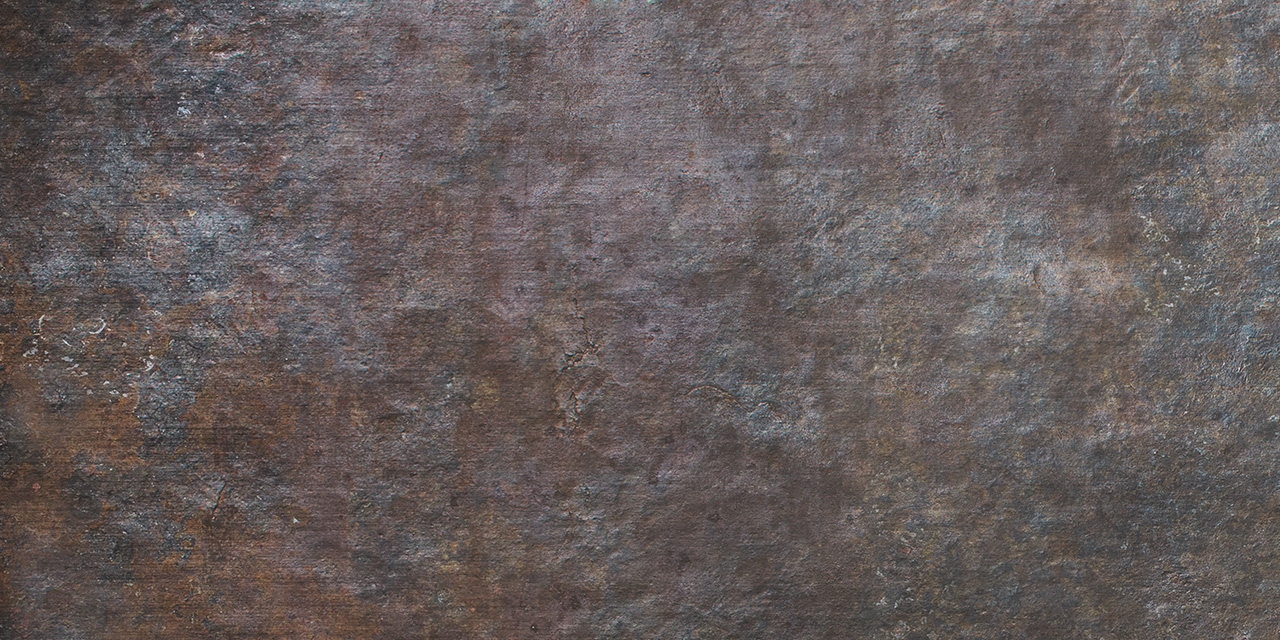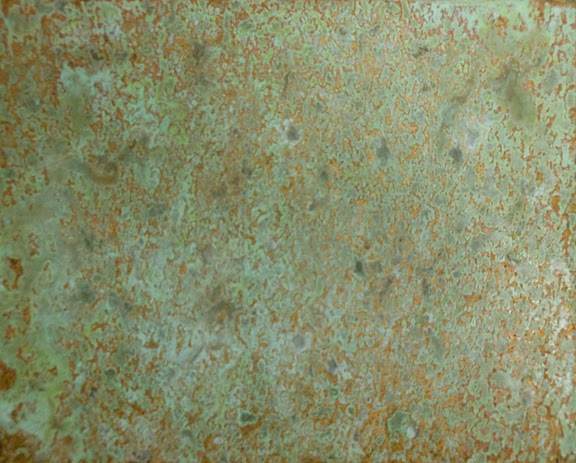

What is the difference between a patina and rust?Ī patina is a thin layer that forms on the surface of oxidized steel and protects it from further oxidation. If you notice red dots of rust, you should remove them. You can recognize a patina by its characteristic colors: first you see golden yellow that changes to deep blue, which then transforms to purple and, in the end, to gray that darkens over time. It is produced by the oxidation of steel surface and this process is even quicker if a knife comes into contact with various acids. Traditional Japanese steels can, due to their low chromium (Cr) content, discolor and take a patina through use as they oxidize.Ī patina is a natural protective layer on carbon steels that protects the blade from further oxidation and gives it a look of rough finish. What is patina and how do you recognize it?

The knife is actually the most sensitive when it is still new and had not yet developed a patina which will later protect it and make it more resistant. With use and time, these blades acquire patina. A knife made from such steel, however, behaves slightly differently compared to more common, stainless steel knives. All these features are most commonly found in carbon steels that have a very high content of carbides and, consequently, a low content of chromium. It is also very important that the steel has a hardness of 60 HRC and over, thus enabling smaller sharpening angle. This structure of steel makes it possible to sharpen a blade to a fine and smooth edge that does not tear the cells but rather smoothly cuts through them. To attain such a smooth edge, the blade must be made of steel composed of particles that are as small and homogeneous as possible. We recommend physical samples for selecting a patina.When the Japanese talk about good sharpness, they mainly refer to a sharp blade that does not influence the cell structure of food during cutting. Please inquire.ģ) Monitor settings and ambient lighting may affect the brightness or saturation of the metal swatches on this page.

Please inquire.Ģ) We have the ability to create large, custom samples priced per request.

Use our inquiry page to start the process.ġ) Samples provided for architects' and designers' material libraries are quoted per request. If you have a certain look in mind or want to explore different metals and finish patterns, please use this page as a foundation when planning your project. These are simply the most commonly requested finish options for copper, zinc, steel, bronze, brass, or even pewter. Please understand you are not limited to the finishes provided on this page. Our complete library of patina samples (sanded, weathered, antique, distressed) is far too vast to include on this page. We use a layered approach to our patina and finishes, lending depth and interest to the finished product. Further, we have vast experience when it comes to metal finishing and patina. Over the years we have worked with almost every metal used in architecture.


 0 kommentar(er)
0 kommentar(er)
